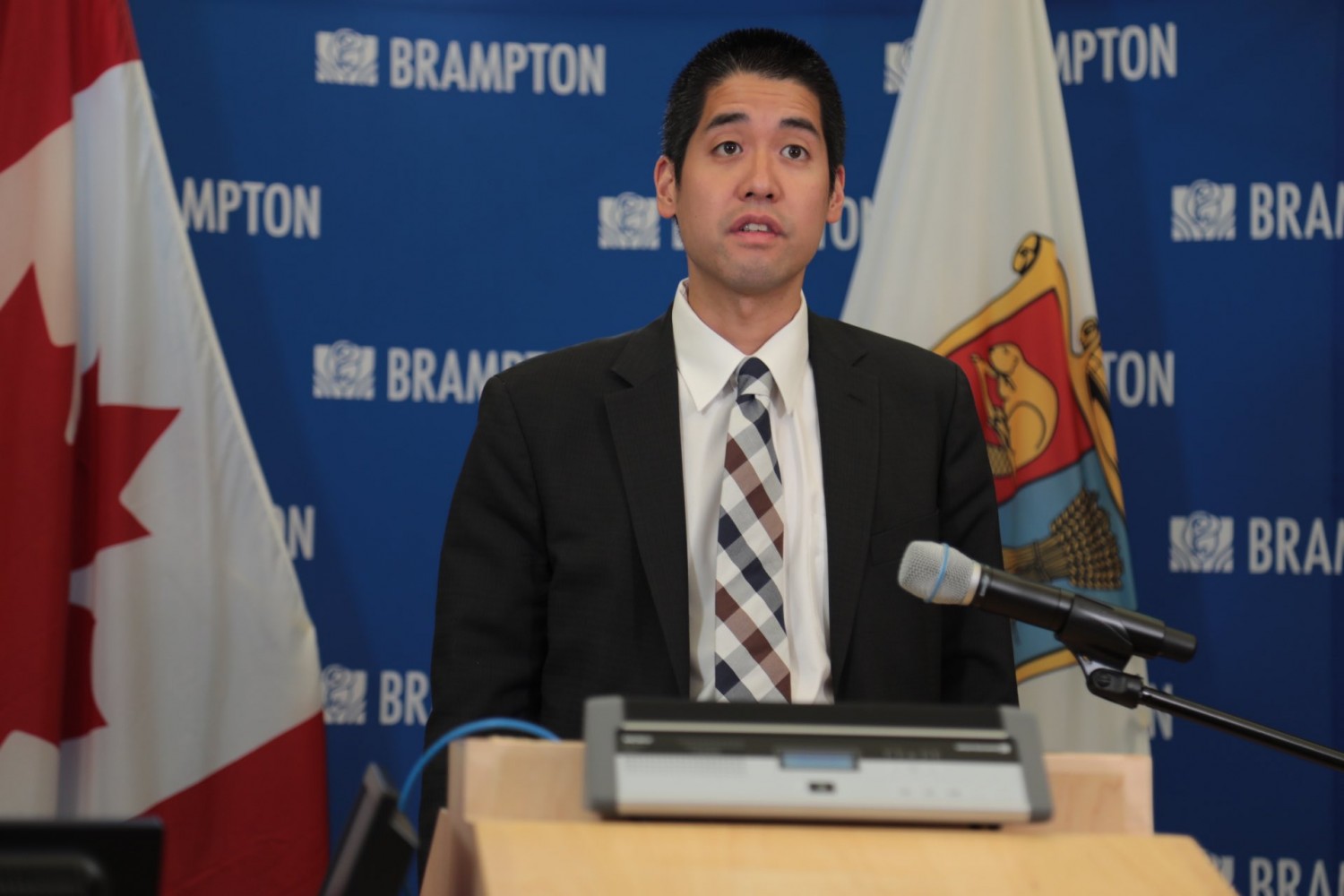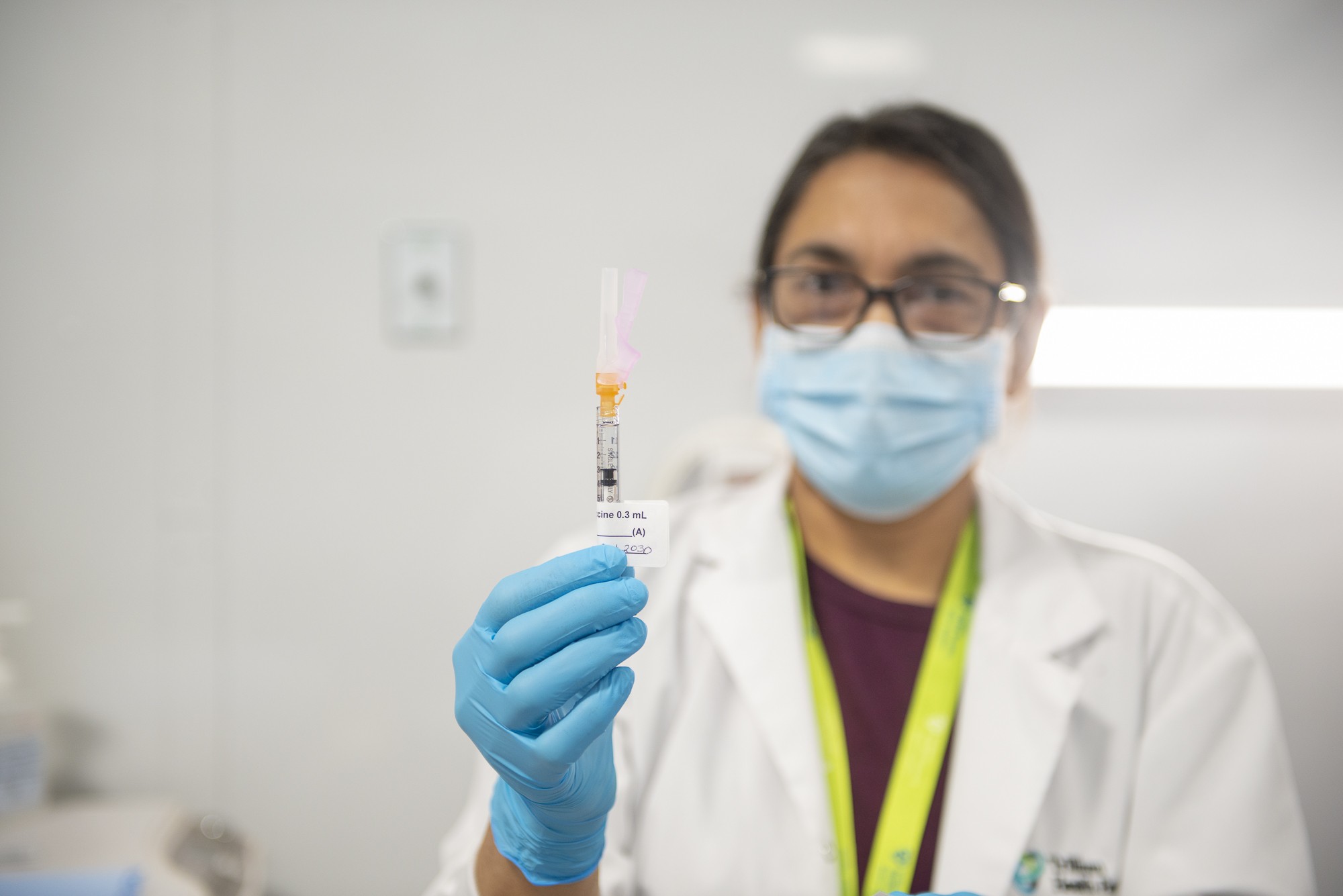
Peel Public Health scrambling as COVID cases spike & residents grow tired of rules
It’s been 389 long days since Peel recorded its first case of the novel coronavirus and residents are tired.
Living with some of the highest case counts and positivity rates in the province, combined with the most restrictive and lengthy lockdown seen anywhere in the world, it’s not surprising. Mental and physical health have deteriorated across Ontario over the last year, as more people remain inactive, separated from family and friends, turning to alcohol and other vices to escape the lonely monotony that can come with being stuck indoors.
“Yesterday, I ran into…a couple of seniors, they were out and walking about because it was a nice day and they were sharing their frustrations with me, and one of the things that they said, which really concerned me, was the fact that they’re falling into depression,” said Councillor Annette Groves during last week’s regional council meeting.
The cumulative novel coronavirus case count in Peel surpassed 70,000 over the weekend.
(Data for variants of concern can lag behind for more than a week.)
In recent weeks, the arrival of spring temperatures has lifted moods across the GTA, and news that Canada’s vaccination schedule is progressing at a rate that could see everyone in the country who wants a vaccine getting their first dose by the start of summer has turned a light on at the end of the tunnel. The Region of Peel is planning along similar timelines, with public health officials telling councillors they have operational capacity to inoculate all willing regional residents by June/July of this year, dependent on the arrival of vaccine supply. There are reasons to be optimistic, but Dr. Lawrence Loh is pleading with residents not to allow that optimism to progress into recklessness.
“It has been a long time, and it has been a long winter and many people have sacrificed and those sacrifices were not in vain, they did ultimately reduce significantly the magnitude of cases, hospitalizations and deaths that we could have seen in our community,” Dr. Loh told councillors. “However, human nature being what it is, we do find it very challenging that there is increasing non-compliance, and there’s a higher risk that with non-compliance there will be greater transmission, especially with the emergence of variants of concern.”
Looking around at surrounding jurisdictions shifting out of lockdown, it can be easy to feel like the pandemic is slowly fading and things are going back to normal, but that is far from the truth in Peel.
Over the last three weeks, the daily case counts have continued to rise, nearly doubling from a total of 1,793 cases between March 14 and 20 to 2,666 cases between March 21 and 27. Peel recorded 411 new infections on March 27, the most in a single day since January 28.
The sharp increase is being driven by the highly transmissible variants of the novel coronavirus, which are accounting for more than half of all new cases in Peel on average.
According to Peel’s March 25 epidemiological report, variants of concern (VOCs) accounted for 53 percent of new cases between March 12 and March 18. Only two weeks prior, between February 26 and March 4, VOCs accounted for just 35 percent of new infections, meaning these variants are spreading to more people and at a quicker pace. First introduced to Peel earlier this year, these VOCs are now finding their way into Peel households where they are proving to be extremely infectious.
“Following the increase in household transmission of VOCs, it is likely the household contacts were the source of COVID-19 introduced into workplace and community settings in Peel,” the report reads.
Data show that VOCs quickly spread among those in the same household.
The concerning numbers are starting to resemble the daily case totals Peel experienced as it entered the worst of the second wave in late fall 2020. However, while strict public health measures and lockdowns were implemented at that time to limit the spread, Peel was recently allowed to loosen its lockdown measures stipulated under the Province’s “grey” stage of the reopening framework to allow for outdoor dining and outdoor fitness classes. The measures are a relief valve of sorts to allow businesses to reopen with activities that have shown a low-risk for transmission.
Peel Public Health has been scrambling to keep pace with the increase in cases. With more than 300 new infections a day for much of the last week, the current staff complement is not enough to effectively contact trace every case, Loh told councillors last week. This increases the risk that residents of Peel could come into contact with an infected individual without even knowing it, leading to them infecting others.
“We are no longer able to respond effectively and rapidly to new cases,” Loh told councillors. Between March 9 and 15, public health staff were contacting 73 percent of potential cases within a single day, but as numbers increased, staff effectiveness dropped to 64 percent between March 16 and 22. Over the same time period, institutional outbreaks increased from 246 to 319 and hospital admissions jumped from 80 to 89.
A backlog of 600 cases each week has forced public health to abandon efforts to trace every new case, instead shifting to a “high-risk” case management strategy that focuses on priority areas and big outbreaks, like the one at Brampton’s Amazon warehouse earlier this month.
With the COVID picture worsening in Peel, councillors are looking to the province to “immediately” rectify the inequitable distribution of vaccines which has left Peel not receiving its fair share based on population and its designation as a COVID hotspot.

Peel expects to receive further vaccine shipments today, as well as on April 5 and 12.
As of March 17, Peel had received 132,000 doses of the COVID-19 vaccine from the 1.7 million that were allocated to Ontario from the federal supply. According to Dr. Loh, that means Peel was only given 7 percent of the available vaccines while the region has about 10.5 percent of the province’s population. As of March 21, a total of 1,553,040 vaccines had been administered in Ontario. Peel has received a fraction of those vaccines compared to rates across the rest of the province. As of March 22, only 6.7 percent of Ontario’s supply had been administered in Peel.
Dr. Loh explained that in his daily discussions with the Ministry of Health he has raised this inequity and has since been told that additional shipments of vaccine will be arriving in Peel on March 29, April 5 and April 12. It remains unclear whether Peel will receive its fair share.
“The supply chain is also extremely volatile. Depending on the day or the specific day that the numbers are pulled, we may be over or under where we need to be with our fair share,” Loh said. “We have had conversations with our ministry partners not only around our received, but also our planned allocations and continue to stress the importance of ensuring that there is adequate vaccine allocation in accordance with population and the transmission risk identified in our community.”
Email: [email protected]
Twitter: @JoeljWittnebel
COVID-19 is impacting all Canadians. At a time when vital public information is needed by everyone, The Pointer has taken down our paywall on all stories relating to the pandemic and those of public interest to ensure every resident of Brampton and Mississauga has access to the facts. For those who are able, we encourage you to consider a subscription. This will help us report on important public interest issues the community needs to know about now more than ever. You can register for a 30-day free trial HERE. Thereafter, The Pointer will charge $10 a month and you can cancel any time right on the website. Thank you.
Submit a correction about this story


